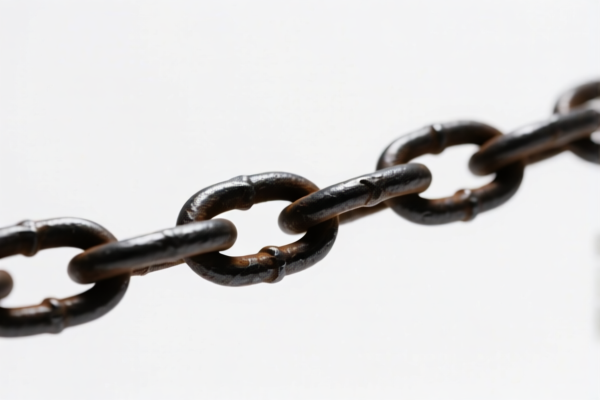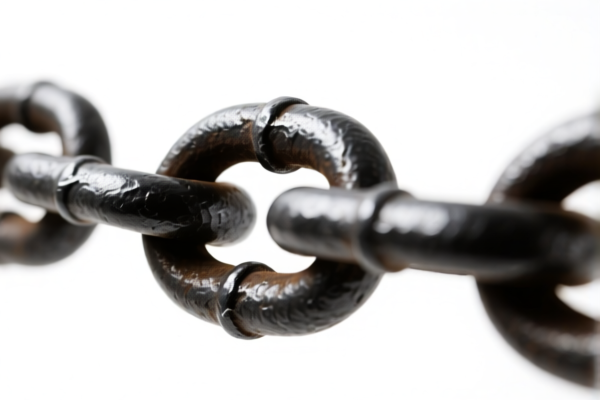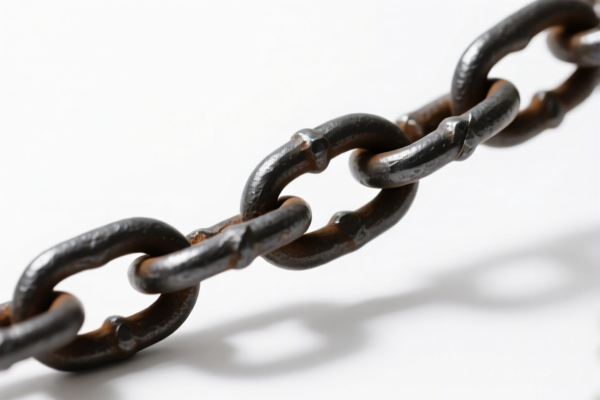| HS Code | Official Doc | Tariff Rate | Origin | Destination | Effective Date |
|---|---|---|---|---|---|
| 6114200005 | Doc | 48.3% | CN | US | 2025-05-12 |
| 6114909010 | Doc | 35.6% | CN | US | 2025-05-12 |
| 6217909075 | Doc | 52.1% | CN | US | 2025-05-12 |
| 6217909080 | Doc | 52.1% | CN | US | 2025-05-12 |
| 6214900090 | Doc | 48.8% | CN | US | 2025-05-12 |
| 6214900010 | Doc | 48.8% | CN | US | 2025-05-12 |
| 6305900000 | Doc | 43.7% | CN | US | 2025-05-12 |
| 6305390000 | Doc | 45.9% | CN | US | 2025-05-12 |
| 6307908940 | Doc | 37.0% | CN | US | 2025-05-12 |




Form chains are a type of jewelry component, specifically used in the construction of necklaces, bracelets, and other chain-based adornments. They are characterized by interconnected links, typically made of metal, that create a flexible, continuous strand.
Material
Form chains are manufactured from a wide variety of materials, influencing their appearance, durability, and cost. Common materials include:
- Precious Metals: Gold (various karats and colors – yellow, white, rose), silver (sterling silver, fine silver), platinum. These offer high value, tarnish resistance, and aesthetic appeal.
- Base Metals: Stainless steel, brass, copper, aluminum. These are more affordable options, often coated with a protective layer (e.g., rhodium plating) to prevent tarnishing.
- Alloy Metals: Combinations of metals are used to achieve specific properties like strength, color, or weight.
- Other Materials: Less commonly, form chains can be made from materials like acrylic, plastic, or even fabric.
Purpose
The primary purpose of a form chain is to serve as the foundational structure for jewelry. They provide a means of suspending pendants, charms, or other decorative elements, and are often worn as a fashion statement in their own right.
Function
Form chains function by distributing weight evenly along their length, allowing jewelry to drape naturally and comfortably. The links are designed to articulate, providing flexibility and movement. The strength of the chain is critical to prevent breakage, particularly when supporting heavier pendants. Closures (clasps, lobster clasps, toggle clasps, etc.) are integrated into the chain to secure it around the wrist or neck.
Usage Scenarios
- Necklaces: Supporting pendants, charms, or worn as a standalone fashion piece. Varying chain styles complement different necklines and outfits.
- Bracelets: Used as a base for charms, beads, or worn as a simple accessory.
- Anklets: Decorative chains worn around the ankle.
- Waist Chains: Chains worn around the waist, often as part of fashion or cultural attire.
- Keychains/Fobs: Smaller form chains can be used to attach keys or decorative fobs.
- Clothing/Accessories: Chains are increasingly incorporated into clothing designs (e.g., belt chains, bag straps).
Common Types
Form chains are categorized by the style of their links and the manufacturing process. Some common types include:
- Cable Chain: The most common type, composed of round or oval links connected in a simple, uniform pattern.
- Rolo Chain: Similar to cable chain, but with links that are more rounded and often thicker.
- Curb Chain: Links are flattened and interlocked, creating a strong and durable chain with a distinctive appearance.
- Figaro Chain: Features a pattern of alternating links of varying sizes, typically one large link followed by several smaller links.
- Box Chain: Links are square or rectangular, creating a smooth, solid appearance.
- Snake Chain: Composed of tightly interlocked, curved plates, creating a flexible, fluid chain that resembles a snake's scales.
- Ball Chain: Composed of small metal balls connected by short bars.
- Singapore Chain: A twisted chain with a distinctive, fluid appearance.
- Wheat Chain: Links are braided or woven together, creating a textured, rope-like appearance.
- Herringbone Chain: Flat, V-shaped links interlock closely, creating a smooth, flexible chain.
- Byzantine Chain: A complex, intricately woven chain known for its strength and durability.
Based on the provided information, “form chain” can potentially fall under several HS code classifications depending on its material and specific use. Here are the relevant HS codes found within the reference material:
-
6114200005: This HS code covers Other garments, knitted or crocheted: Of cotton Tops: Men's or boys'.
- 61: Chapter 61 pertains to articles of apparel and clothing accessories, knitted or crocheted.
- 14: Heading 6114 specifically addresses other garments knitted or crocheted.
- 200005: Subheading 6114200005 further defines this as cotton tops for men or boys. If the “form chain” is a knitted or crocheted top made of cotton and intended for men or boys, this HS code is applicable. The total tax rate is 48.3% (Base tariff: 10.8%, Additional tariff: 7.5%, Post-April 2, 2025, Additional tariff: 30%).
-
6114909010: This HS code covers Other garments, knitted or crocheted: Of other textile materials: Other Tops.
- 61: Chapter 61 pertains to articles of apparel and clothing accessories, knitted or crocheted.
- 14: Heading 6114 specifically addresses other garments knitted or crocheted.
- 909010: Subheading 6114909010 defines this as other tops made of other textile materials. If the “form chain” is a knitted or crocheted top made of materials other than cotton, this HS code is applicable. The total tax rate is 35.6% (Base tariff: 5.6%, Additional tariff: 0.0%, Post-April 2, 2025, Additional tariff: 30%).
-
6214900090: This HS code covers Shawls, scarves, mufflers, mantillas, veils and the like: Of other textile materials Other.
- 62: Chapter 62 pertains to articles of apparel and clothing accessories, not knitted or crocheted.
- 14: Heading 6214 specifically addresses shawls, scarves, mufflers, mantillas, veils and the like.
- 900090: Subheading 6214900090 defines this as other shawls, scarves, mufflers, mantillas, veils and the like made of other textile materials. If the “form chain” is a shawl, scarf, muffler, mantilla, or veil made of other textile materials, this HS code is applicable. The total tax rate is 48.8% (Base tariff: 11.3%, Additional tariff: 7.5%, Post-April 2, 2025, Additional tariff: 30%).
-
6214900010: This HS code covers Shawls, scarves, mufflers, mantillas, veils and the like: Of other textile materials Of cotton.
- 62: Chapter 62 pertains to articles of apparel and clothing accessories, not knitted or crocheted.
- 14: Heading 6214 specifically addresses shawls, scarves, mufflers, mantillas, veils and the like.
- 900010: Subheading 6214900010 defines this as cotton shawls, scarves, mufflers, mantillas, or veils. If the “form chain” is a shawl, scarf, muffler, mantilla, or veil made of cotton, this HS code is applicable. The total tax rate is 48.8% (Base tariff: 11.3%, Additional tariff: 7.5%, Post-April 2, 2025, Additional tariff: 30%).
-
6307908940: This HS code covers Other made up articles, including dress patterns: Other: Surgical towels; cotton towels of pile or tufted construction; pillow shells, of cotton; shells for quilts, eiderdowns, comforters and similar articles of cotton Cotton towels of pile or tufted construction.
- 63: Chapter 63 pertains to other made up textile articles.
- 07: Heading 6307 specifically addresses other made up articles, including dress patterns.
- 908940: Subheading 6307908940 defines this as cotton towels of pile or tufted construction. If the “form chain” is a cotton towel of pile or tufted construction, this HS code is applicable. The total tax rate is 37.0% (Base tariff: 7.0%, Additional tariff: 0.0%, Post-April 2, 2025, Additional tariff: 30%).
It is important to determine the material composition and intended use of the “form chain” to select the most accurate HS code.
Customer Reviews
No reviews yet.